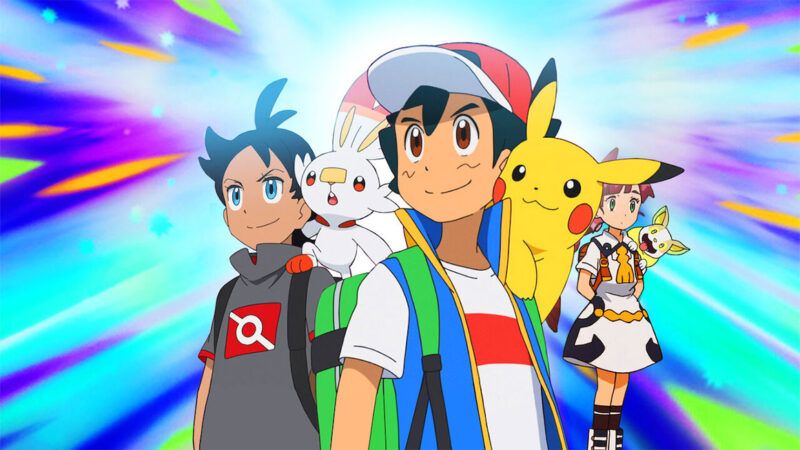Review: Ash Ketchum Was a Free-Range Kid
In the Pokemon universe, there's no central government and vital social services are provided by informal clubs.

In 1996, Nintendo released Pokemon: Red and Green for the Game Boy. An anime series quickly followed. It depicted the adventures of 10-year-old Ash Ketchum as he wandered the world collecting the titular pokemon, or "pocket monsters."
Today, the electric rodent pokemon named Pikachu, a minor character in the game but a star of the cartoon, is one of Japan's most beloved exports, alongside Mario and Hello Kitty.
The friendship between Pikachu and Ash forms the emotional core of the anime. And after 27 years, their journey has finally come to an end. In March, Japan aired the final episode of this arc; U.S. viewers can watch it on Netflix in May.
Ash—still 10, somehow—has become a world champion trainer. In the final stretch of episodes, he decides to continue traveling with Pikachu until they can befriend all the pokemon in the world. For kids who grew up playing the game and watching the anime—and are old enough to have kids of their own—this is a heavy emotional moment.
It also highlights that the Pokemon world is a free-range parent's paradise. Kids are allowed to explore the outdoors by themselves, relying on their own survival skills and the kindness of strangers. There's no central government, and vital social services are provided by informal clubs. Competition is a positive trait—the show's theme song begins, "I want to be the very best"—and even the pokemon seem to enjoy friendly battles.


Show Comments (23)